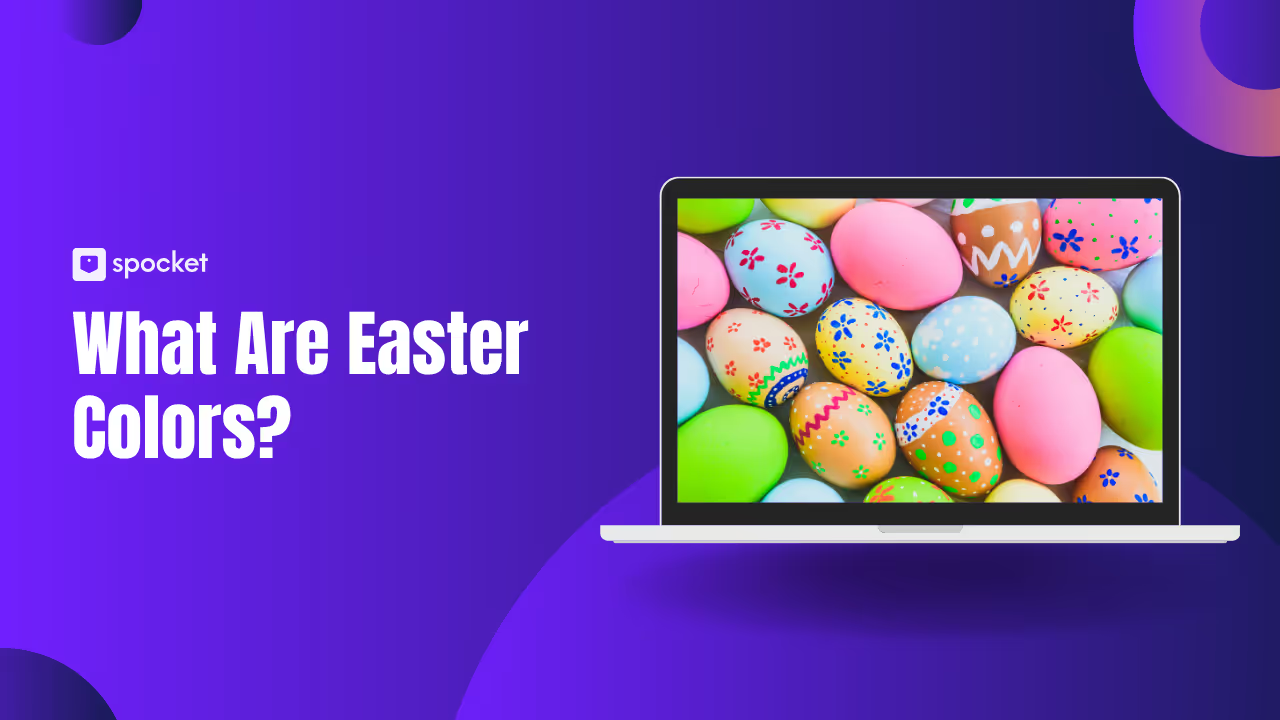Easter colors brighten up spring every year, but have you ever wondered why these shades matter so much? From soft pastels to vibrant hues, Easter colors hold deep meanings rooted in tradition, faith, and the joy of new beginnings. In 2025, pastels like blush, mint, buttercream yellow, and sage are trending, creating a fresh and calming vibe for homes and celebrations. These colors aren’t just for Easter eggs or church altars—they shape everything from decorations and fashion to branding and digital design. Whether you’re curious about the symbolism behind each color, looking for the perfect Easter palette, or wanting to keep up with the latest trends, this guide gives you a complete, easy-to-follow answer. Dive in and discover how Easter colors bring meaning, beauty, and renewal to your celebrations.
The Essence of Easter Colors
Easter colors do more than brighten up spring—they tell a deeper story that blends faith, tradition, and the joy of new beginnings. Every year, these hues fill homes, churches, and even marketing campaigns with a sense of hope and renewal. When you look at Easter decorations or church services, a distinct palette stands out—and it’s no accident. These shades carry centuries of symbolism and cultural significance.
In 2025, pastel tones like blush pink, mint green, and buttercream yellow dominate Easter trends, giving celebrations a fresh, inviting feel. According to Statista, consumer spending on Easter decorations and gifts continues to grow, showing just how central these colors are to our modern-day experience.
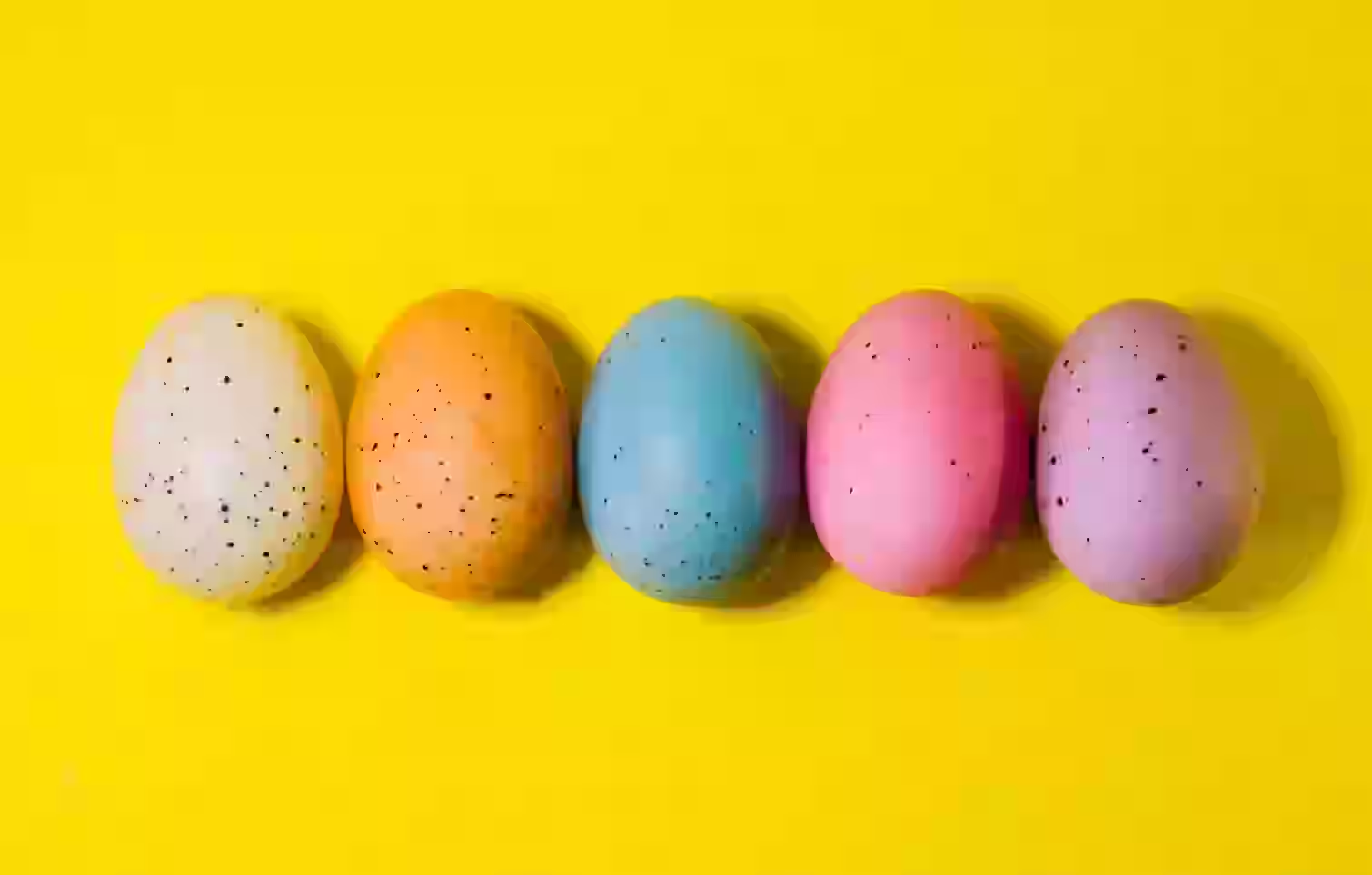
Easter and Its Colorful Traditions
Easter traditions shine with color, each shade playing a symbolic role. Dyed eggs, floral arrangements, and festive décor all reflect meanings tied to history and faith:
- Purple symbolizes royalty and reflection, often seen during Lent.
- White stands for purity and new life, especially prominent on Easter Sunday.
- Yellow and Gold represent joy and the radiant energy of spring.
- Green signals renewal, growth, and hope.
- Pink embodies happiness, love, and celebration.
Churches incorporate these colors in vestments and décor, while families use them to craft cheerful and meaningful Easter settings. These hues go beyond aesthetics—they convey messages of faith, renewal, and joy.
Why Colors Are Central to Easter Celebrations
Colors define the emotional and spiritual atmosphere of Easter. They narrate the journey from sorrow to celebration—from Good Friday’s somber tones to the triumphant whites and golds of Easter Sunday. Pastel shades create a soft, peaceful mood, perfect for marking new beginnings.
In religious contexts, Easter colors guide worship and reflection throughout the season. Meanwhile, brands tap into these familiar palettes to evoke warmth, nostalgia, and festivity. In 2025, the trending “Peach Fuzz & Sage” color scheme captures this blend of tradition and contemporary style.
Ultimately, Easter colors do more than decorate—they uplift hearts and unify people in a shared spirit of renewal, wherever they may be celebrating.
Traditional Easter Colors and Their Symbolism
Easter colors appear everywhere during the season—from church altars to home décor. But they’re more than just festive shades; each one carries symbolic meaning rooted in centuries-old traditions. Here's a closer look at what these colors represent and why they still matter in Easter 2025.
Purple (Violet): Reflection and Royalty
Purple is most prominent during Lent, the solemn weeks before Easter. It symbolizes reflection, penance, and spiritual preparation. It also represents royalty and honor, reminding us of Jesus as King. In many Christian and Catholic churches, purple is used on altars and vestments, symbolizing both humility and majesty.
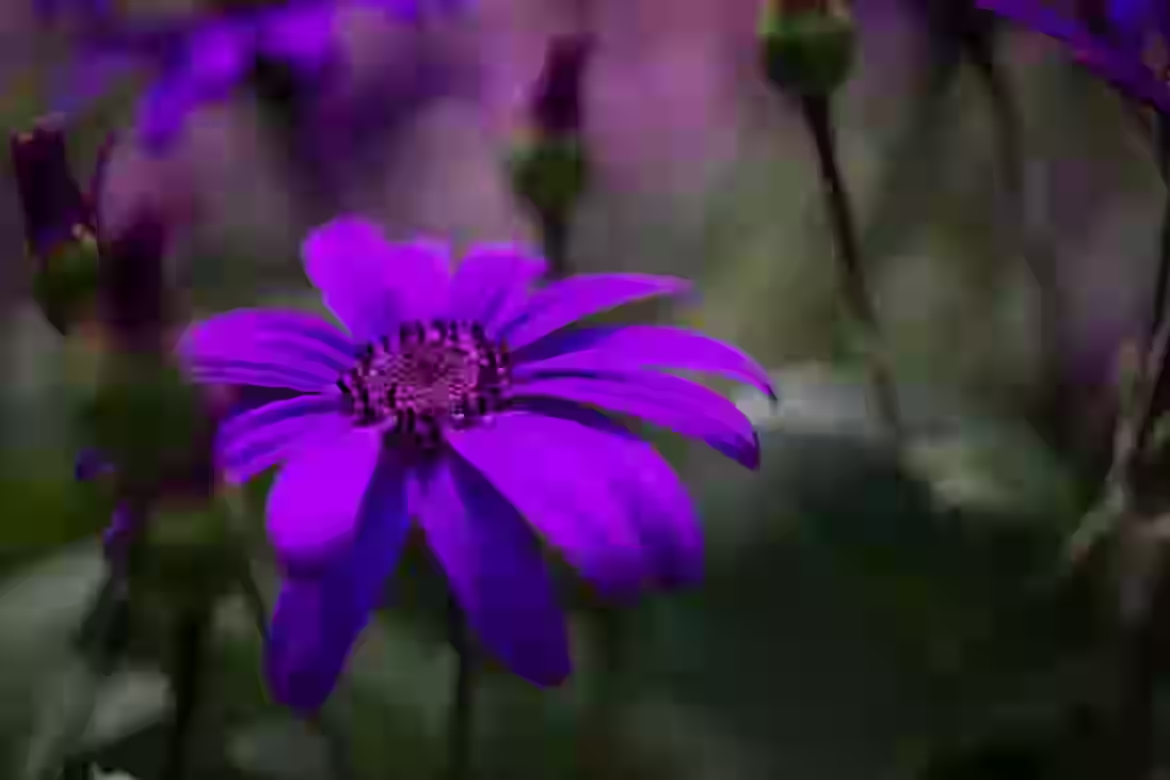
Pink: Joy and Hope
Pink adds a cheerful note to the Easter season. It’s traditionally used on the fourth Sunday of Lent, known as Laetare Sunday, especially in Catholic observances. Pink stands for joy, hope, and the promise of new beginnings. It brings warmth to Easter decorations, signaling that brighter, happier days are on their way.
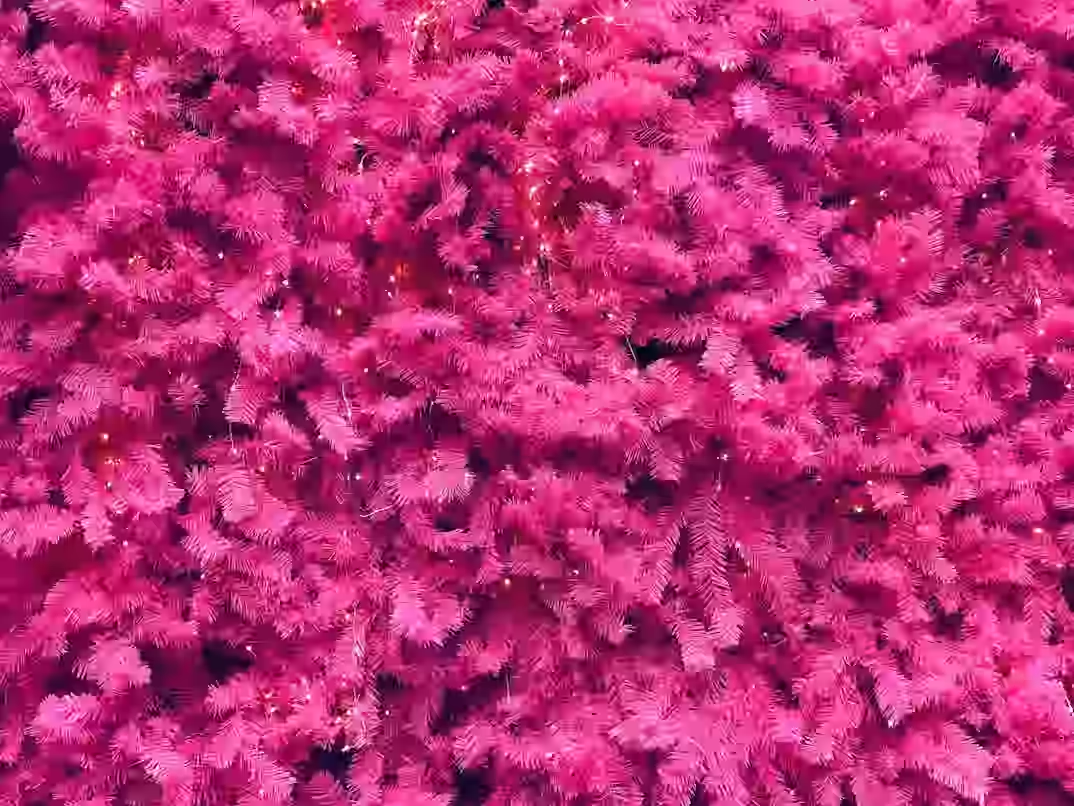
White: Purity and Peace
White becomes the color of celebration on Easter Sunday. It represents purity, peace, and resurrection. Churches decorate with white cloth and vestments during Easter and Maundy Thursday services. It’s also commonly seen in Easter eggs and floral arrangements, marking a clean, fresh start to the season.
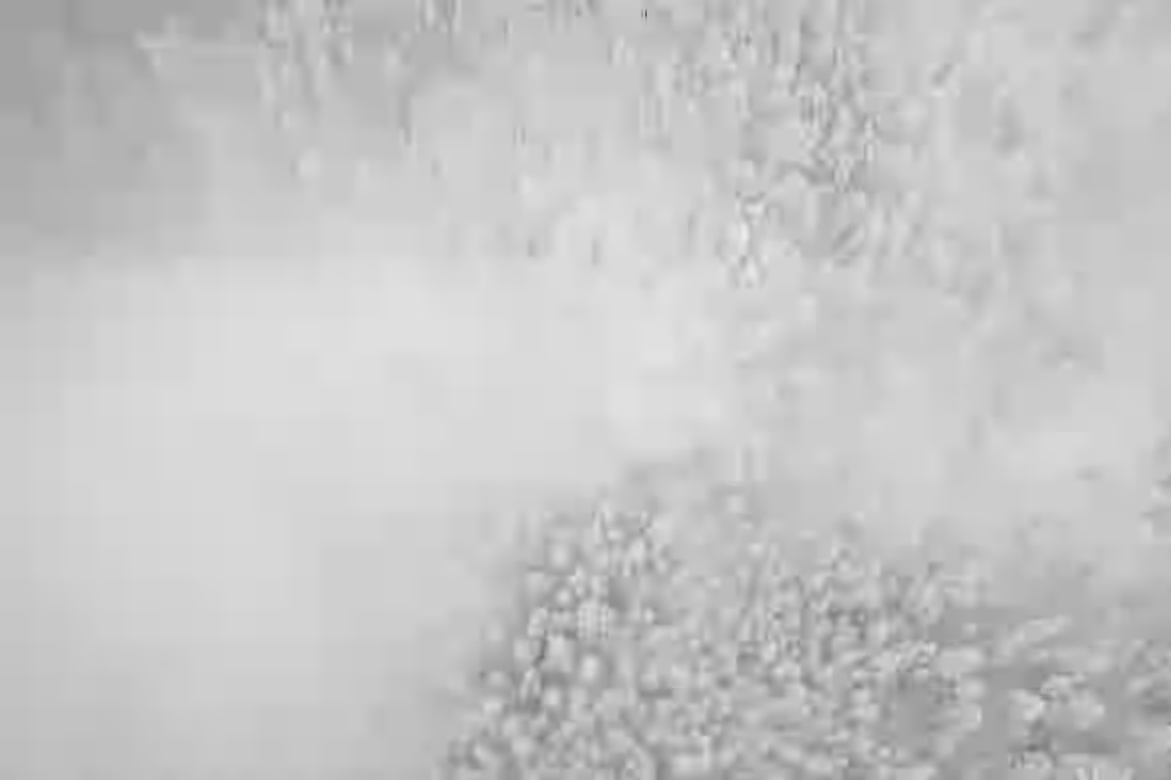
Gold and Yellow: Triumph and New Life
Gold and yellow fill Easter with light and victory. Gold, often paired with white, symbolizes triumph and glory in church settings. Yellow, the color of daffodils and sunshine, evokes happiness and the return of life. Both colors are favorites for Easter baskets, spring décor, and even seasonal branding.
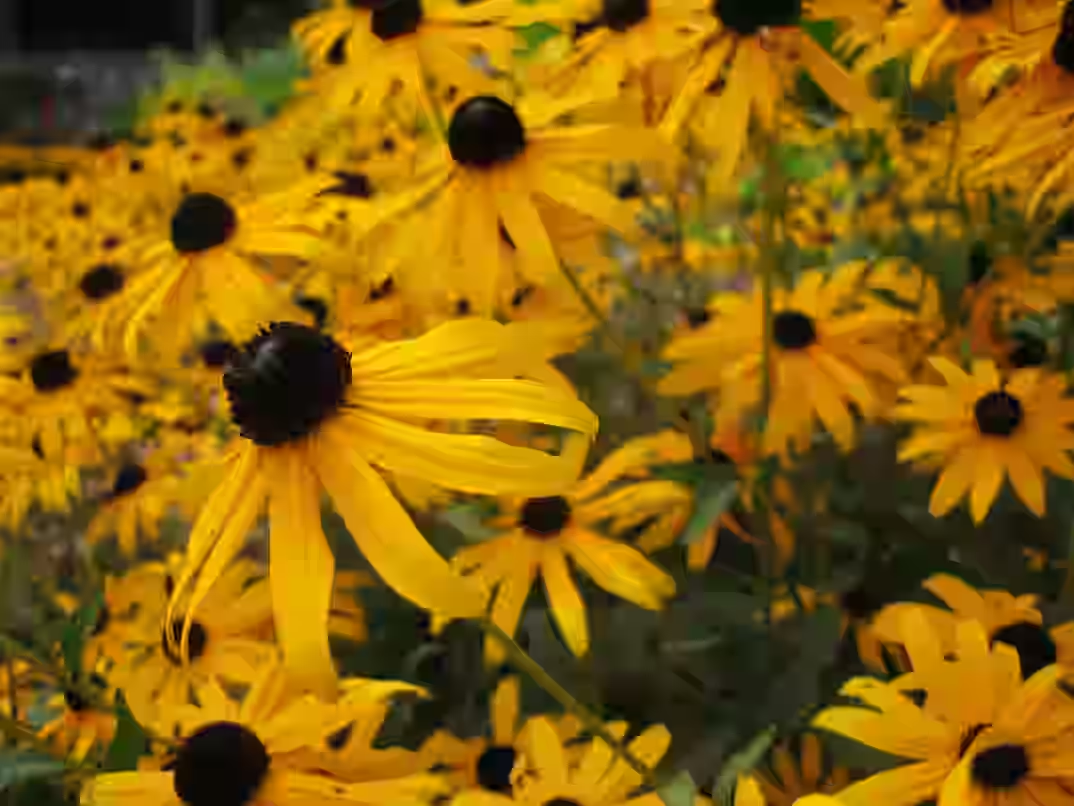
Green: Renewal and Growth
Green reflects the life of spring—fresh grass, blooming trees, and the promise of new beginnings. It symbolizes renewal, hope, and personal growth. Churches incorporate green into decorations to celebrate life, while homes use green Easter grass and themed eggs to create a seasonal, refreshing feel.
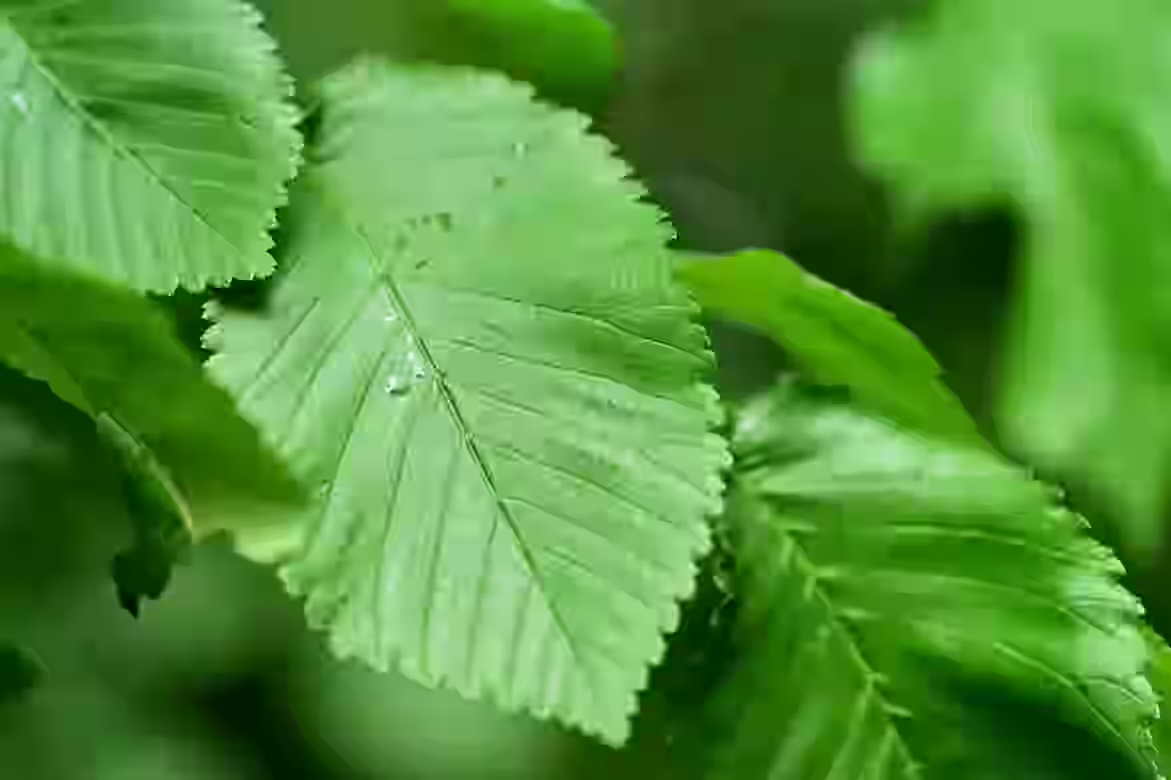
Red: Sacrifice and Passion
Red carries powerful symbolism in the Easter narrative. It’s seen on Palm Sunday and in Orthodox Easter ceremonies. Representing sacrifice, love, and the passion of Christ, red is a reminder of the deeper meaning behind the holiday. While less common in mainstream Easter décor, it remains vital in religious traditions.
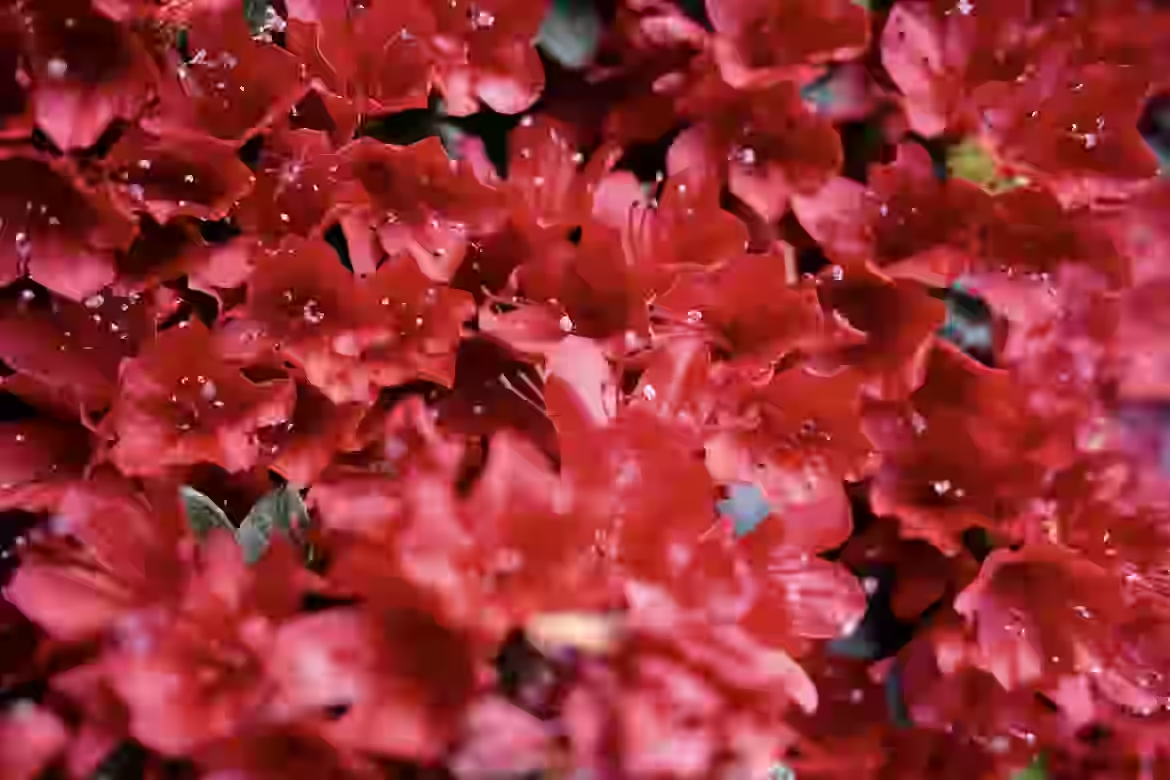
Blue and Pastels: Calm and Renewal
Blue, especially in pastel tones, creates a peaceful and calming atmosphere. Pastel blues, greens, lavenders, and pinks dominate Easter 2025 trends. These soft hues mirror the beauty of spring and bring serenity to any space. They’re widely used in modern Easter décor, digital designs, and seasonal branding.

According to the National Retail Federation, over 75% of Easter shoppers choose pastel colors for their decorations and gifts (source). This shows how deeply these colors influence Easter traditions and trends.
Easter Colors in the Bible and Church Traditions
Easter colors carry deep meaning in both the Bible and church traditions. These shades don’t just look beautiful—they tell the story of faith, hope, and renewal. If you want to understand why certain colors appear every Easter, it helps to look at their biblical roots and how churches use them during this season.
What Are Easter Colors in the Bible?
The Bible doesn’t give an official list of “Easter colors,” but it does mention many shades that shape Easter traditions. Purple stands out as a symbol of royalty and respect. In Mark 15:17, Roman soldiers dress Jesus in a purple robe before the crucifixion, marking Him as King. White shows up as a sign of purity and resurrection—think of the angels at the empty tomb (Matthew 28:3). Red means sacrifice and love, reminding us of Christ’s passion and the blood He shed. Gold and yellow often represent God’s glory and the promise of new life. These colors help Christians connect the Easter story to powerful symbols found throughout the Bible.
How Colors Are Used in Liturgical Settings
Churches use Easter colors in a very intentional way. During Lent, you see purple on altars and vestments, signaling a time for reflection and preparation. Good Friday brings out deep red or black, marking the solemn day of Jesus’ crucifixion. On Easter Sunday, everything shifts to white and gold, filling the church with light and joy to celebrate the resurrection. After Easter, green appears, symbolizing new life and hope for the season ahead.
These traditions aren’t just for show. According to Lifeway Research, more than 70% of churches in the U.S. use color-coded cloths and decorations to guide worshippers through the Easter season. This practice keeps the meaning of Easter colors alive and helps everyone feel connected to the story.
Modern Easter Color Palettes and Trends for 2025
Easter colors in 2025 feel fresh, joyful, and full of life. This year, you see a beautiful blend of classic shades and new pastel trends everywhere—from home decor to Easter branding. If you want your celebration to feel modern yet meaningful, knowing the right Easter colors palette makes all the difference.
Easter Colors Palette: Classic and Trending Shades
The classic Easter colors—purple, white, yellow, pink, green, and blue—never go out of style. In 2025, these shades get a trendy update. Pastel tones like blush pink, mint green, buttercream yellow, and soft lavender take center stage. Many brands and decorators use combinations like “Peach Fuzz & Sage” or “Sunrise Pastels” for a gentle, welcoming look. According to Pinterest Predicts, searches for pastel color palettes rise by over 30% each spring, showing just how popular these hues are for Easter celebrations and digital content.
Easter Colors Hex Codes for Designers
If you love creating digital designs or want your Easter invitations to pop, knowing the hex codes for Easter colors is a must. Here are some of the most popular Easter hex codes for 2025:
- Pastel Pink: #FFD1DC
- Mint Green: #B6E2D3
- Buttercream Yellow: #FFFACD
- Lavender: #E3E4FA
- Sky Blue: #A7C7E7
- Peach: #FFDAB9
- Sage: #B2AC88
These hex codes help you match your Easter decorations, branding, and social media posts with the season’s top trends.
Pastel Easter Colors: Why Are They So Popular?
Pastel Easter colors are everywhere for a reason. They feel gentle, soothing, and full of hope—just like spring itself. Pastels make Easter decorations look soft and inviting, whether you’re dyeing eggs, setting the table, or updating your website. In fact, over 75% of Easter shoppers choose pastel shades for their home and party decor (National Retail Federation). These colors also work well in digital spaces, making them a favorite for Easter branding and social media.
Easter colors in 2025 blend tradition with a modern twist. Whether you love classic hues or want to try the latest pastel trends, these palettes help you celebrate the season with style and meaning.
How to Use Easter Colors for Branding, Decor, and Celebrations
Easter colors aren’t just pretty pastels—they’re rooted in centuries of tradition, full of meaning, and incredibly useful for making your brand or space feel alive during the spring season. Whether you're a marketer, event planner, or just decorating your home, knowing how to use Easter colors the right way can make everything look more intentional and joyful.
In 2025, Easter colors like pastel pink, mint green, lavender, buttercream yellow, and sage are trending big. These soothing, symbolic colors work beautifully across celebrations, marketing, and digital designs.
Let’s explore how to bring these spring shades to life.
Decorating with Easter Colors: Home and Events
Want your space to feel fresh and joyful? Easter colors can do that instantly.
For your Easter tablescape, use a pastel table runner with layered white and mint green plates. Add lavender napkins and daffodils in blush-pink vases. It creates an elegant yet festive setting.
Decorate Easter eggs using shades like pastel pink (#FFD1DC), mint green (#B6E2D3), and buttercream yellow (#FFFACD). These colors pop visually and tie into the symbolism of Easter colors—hope, purity, joy, and new beginnings.
Floral arrangements? Pair tulips, daisies, and baby's breath in classic Easter hues for a spring-ready vibe that matches the Easter colors palette perfectly.
Incorporating Easter Colors into Branding and Marketing
Easter isn’t just for chocolate eggs—it's a great opportunity to refresh your brand with soft, emotional colors.
Update your seasonal website design using Easter pastel backgrounds and product highlights. Use pinks and yellows to create trust and warmth—perfect for email campaigns, banners, and pop-ups.
Product packaging? Soft lavender or sage tones with golden accents stand out on shelves and scrolls. According to the National Retail Federation, Easter-related spending topped $24 billion in 2024. That means seasonal marketing matters—and colors help drive connection and clicks.
For Easter branding, even subtle touches—like a pastel logo variation or themed Instagram highlight covers—can boost engagement and sales during the season.
Creative Easter Color Combinations for 2025
If you want your decor or brand to feel on-trend yet meaningful, try these Easter color combinations that blend tradition with modern design:
- Peach Fuzz & Sage: Warm, earthy, and fresh. Great for minimalists.
- Lavender & Buttercream Yellow: Soft and joyful—perfect for kids’ brands or family events.
- Mint Green & Rose Pink: Romantic yet playful. Use it for wellness, beauty, or home brands.
- Sky Blue & Gold: Ideal for high-end or spiritual branding. A nod to Easter’s sacred side.
These combos keep your style fresh while staying true to Easter color traditions. Plus, they work well across physical and digital platforms.
Easter colors do more than decorate—they tell a story. They connect us to the past, ground us in faith, and help us celebrate the beauty of spring. Whether you’re building a brand campaign, planning a dinner table, or styling a storefront, using the right Easter colors makes everything feel intentional and alive.
Conclusion: The Lasting Power of Easter Colors
Easter colors are more than seasonal trends—they’re timeless symbols of faith, joy, and renewal. From the deep purple of Lent to the bright white of Easter Sunday, each shade carries spiritual and emotional meaning. In 2025, pastel Easter colors like blush pink, mint green, and buttercream yellow continue to inspire homes, brands, and digital spaces. Whether used in decor or marketing, these colors evoke a sense of peace, hope, and connection. Their versatility and symbolism make them a lasting favorite for spring celebrations. By embracing Easter’s color palette, you’re not just following tradition—you’re sharing a message of life, growth, and optimism that resonates far beyond the holiday.




















